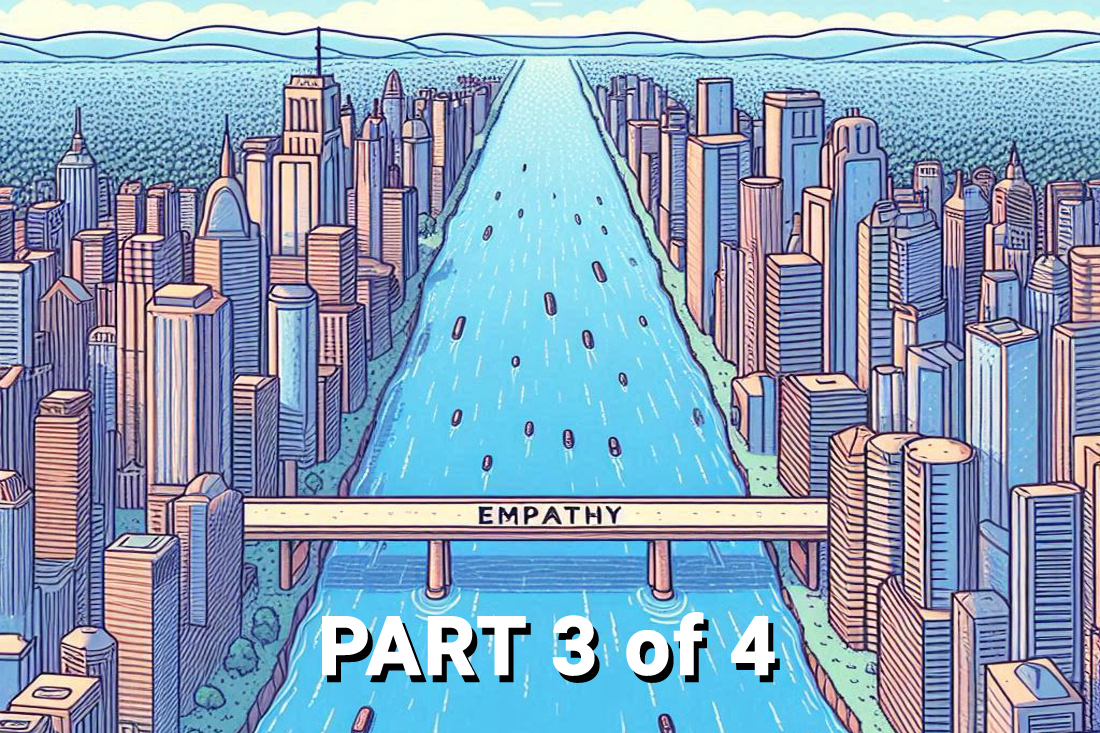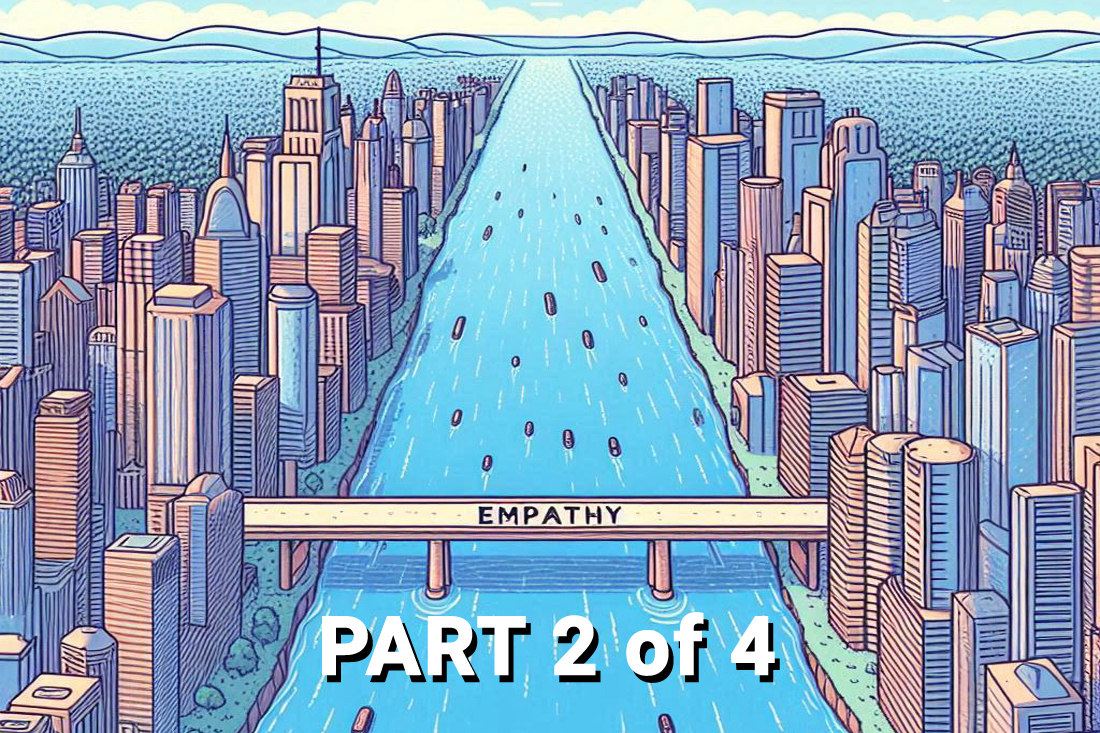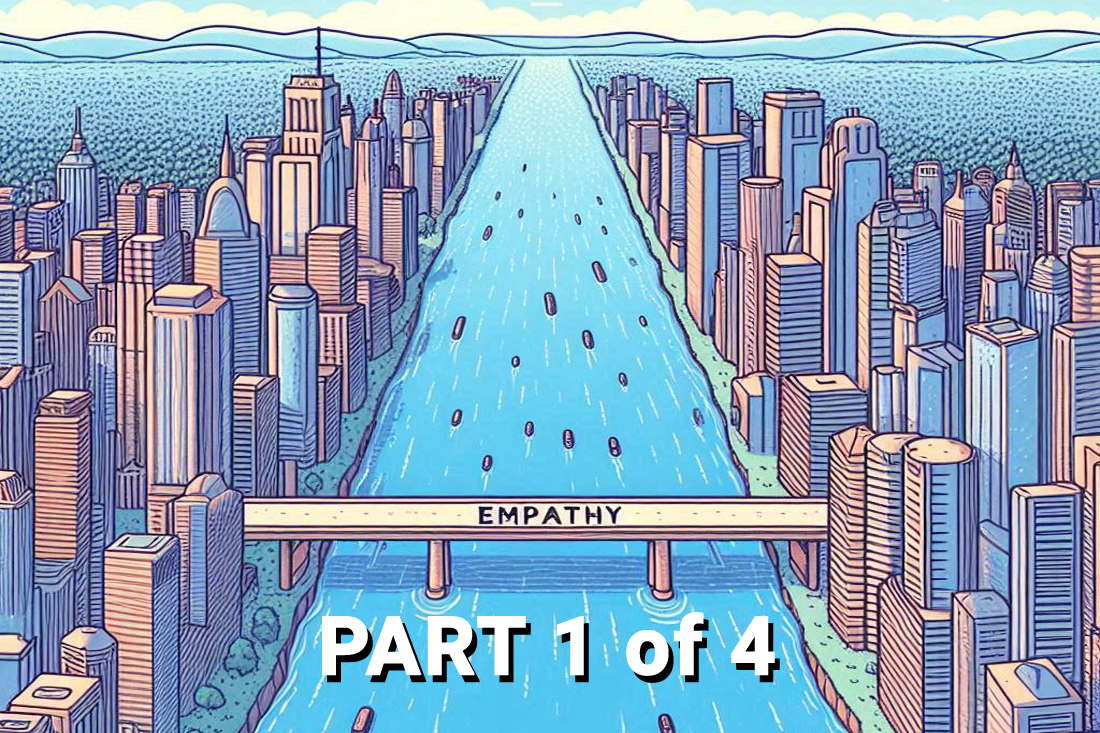Value Management: People-Centered
Whether it’s McKinsey, Deloitte, or any number of other sources, people are rightly understood to be a key resource – even the key resource.
Diversity, recruitment, retention, wellbeing, morale and culture are all high up the list of priorities for most organizations.
Everyone wants to be “people-centred”, and there are certainly important ways in which people are treated more flexibly, sensitively and compassionately in the workplace than in the past.
Being “People-Centered” in Name Only?
And yet – to continue with McKinsey and Deloitte as examples – being “people-centered” primarily then involves implementing “the backing of the right structures, systems, and skills” and “managing their end-to-end work experience“. In other words:
- Culture is to be created and values are to be instilled.
- Roles are to be designed and specified, for talent to slot into.
- Behaviors are to be chosen, incentivized and taught.
- Change is to be driven.
So, whilst it may not be the intention, people are still ultimately “cogs” in a “machine”.
Reflecting familiar and long-standing (but failing) management approaches, things work principally top-down, where each person has a known place and function, and where each person can be “worked on” and trained to “upskill”.
The problem is that this fails to understand that people are unlike any other kind of resource; it fails to truly engage and motivate them; it fails to recognize how they most effectively think, work and organize themselves.
The most valuable resource – people – is being squandered.
Realizing the Implications: Being People-Centered
Being truly people-centered means recognizing that it is people that are the principal origin of Complexity, and so just as it is crucial to understand how Complexity “works”, the same is true of people.
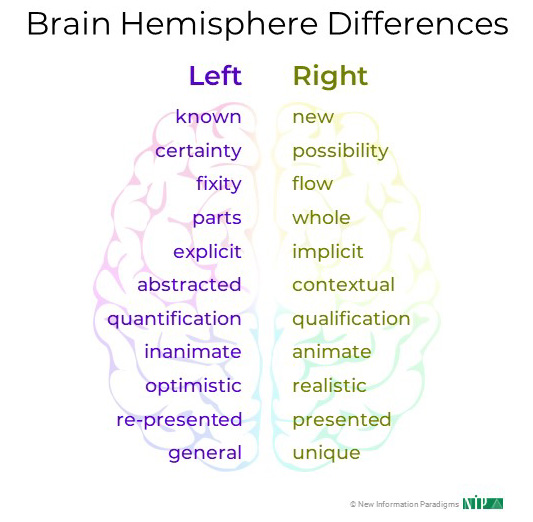
This begins with the fundamental nature of how our brains work, where (whilst much remains mysterious and debated) it has long been recognised that the brain’s two hemispheres are distinct:
- The left hemisphere primarily deals with order, consolidation and the familiar: its focus of intention is action.
- The right hemisphere is more about inspiration, creativity and discovery (the source of “innovation” that is so often called for): its focus of attention is the context for action.
As it stands, though, conventional “people-centered” approaches reflect all conventional approaches in that they are almost entirely biased to the left hemisphere attributes.
As features heavily in the work of Iain McGilchrist, this suppresses the at-least-as-important right hemisphere attributes, and has serious consequences:
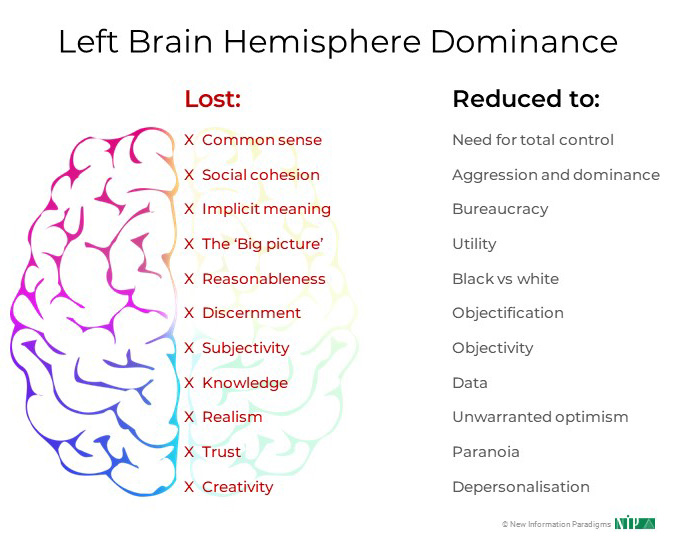
Value Management consciously redresses this imbalance through the Things That Matter and Value Codes as deployed in Diagnostics:
To begin with, the Things That Matter capture and express purpose and Value, around which people naturally coalesce and self-organize, rather than being directed – fostering empowerment and discernment.
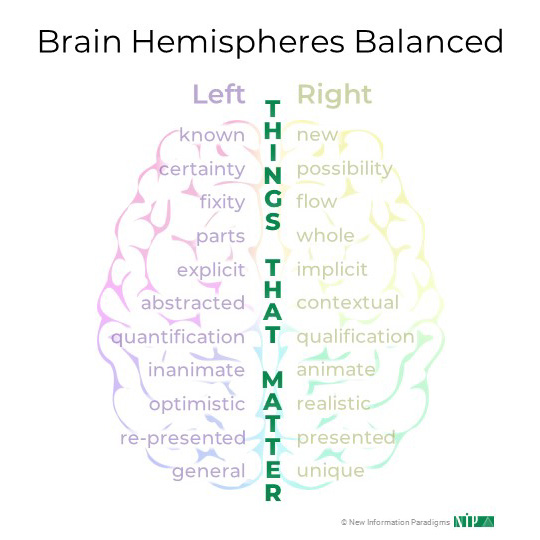
The Things That Matter also occupy the middle ground between abstract (broadly right-brain) and actionable (broadly left): this restores balance between the hemispheres, whilst also tapping into – and getting the best out of – both of them, to maximize creativity and effectiveness.
Value Codes are then deliberately designed to put relentless focus on the creative tension between the current and desired state for the Things That Matter – again between left- and right-brain – to stimulate mindful and insightful inputs, and reflecting how we learn.
Finally, Diagnostics organize and present Value Codes informed by a deep understanding of the different ways that people conceive of Value and think about it (Value Modes).
“Structure” is therefore involved, but only as far as necessary to facilitate, catalyze and channel engagement, creativity and motivation.
People can also engage at scale – potentially everyone involved – such that the technology that has such an accelerating effect on Complexity is harnessed to counteract its impact.
And Diagnostics also achieve authentic diversity and inclusion:
- Diversity of participants and diversity of thought.
- Inclusion of those that would otherwise be beyond the reach of interviews, workshops and consultations.
- The creation through anonymity of a safe space that encourages honest input.
- Adopting the appropriate Perceptual Position for those involved and supporting the understanding of Perceptual Positions.
Finally, being people-centered means understanding, finding, connecting and empowering the balance of people most crucial to embedding, spreading and scaling change:
- We have identified three key roles that need to be filled: the change champion, the transformational leader and the change stabilizer.
- Those with passion, ability and desire to fulfil these roles naturally reveal themselves through the discipline of Value Management.
The results?
- The actions of customers and employees, partners and investors are orchestrated through a shared, identified purpose that has meaning for all.
- The appropriate behaviors and self-organisation naturally emerge – a dynamic of Complexity – rather than being compelled or driven.
- The true potential of human intelligence is released – augmented by AI where it is beneficial to do so.
In this way, as with technology, a principal factor in Complexity (people) is harnessed to counteract and overcome its effects.

Featured content:
- Why and How Value Management works – beginning with the human brain
- The human dimension that makes SMART goals SMARTER
- The stances people adopt in response to Complexity
The people needed to realize change:
Articles related to People:
Value Management: How to Avoid Being Overwhelmed
If they don’t realize it already, they will soon: anyone engaged in relationships is becoming overwhelmed by the difficulties and Complexity of decisions and trade-offs. Experience-based intuition currently bridges the gap, but it can’t…
The Case for Value Management: Part 3: Making it Happen
Pretty much every organization claims that value is a big deal to them. In this final part, we’ll look at the transformation involved with Value Management and how to make it happen – the…
The Case for Value Management: Part 2: the Extraordinary Opportunity
Pretty much every organization claims that value is a big deal to them. In the second part, we’ll look at the huge opportunity there is for individuals and teams to take responsibility for –…
The Case for Value Management: Part 1: the Extraordinary Need
Pretty much every organization claims that value is a big deal to them. But when you look at what that means in practice, the extraordinary need for a dedicated cross-functional Value Management function becomes…
Things That Matter: Operationalizing Empathy: Part 4: Harnessing Empathy
How do you harness empathy between organizations? By deploying Value Codes at scale to establish the current state, set targets, and iterate to demonstrate ROI. And we’ll also see proof that this works…!…
Things That Matter: Operationalizing Empathy: Part 3: Encapsulating Empathy
How do you go encapsulate empathy between organizations? By capturing the Things That Matter and then re-expressing them as Value Codes – an absolutely pivotal process….
Things That Matter: Operationalizing Empathy: Part 2: Establishing Empathy
How do you go about achieving empathy between organizations? By following the Three Step Process, entirely built on and around empathy. And it starts with establishing empathy: surfacing what matters….
Things That Matter: Operationalizing Empathy: Part 1: the Need
Empathy is the root of better relationships. We know this on a personal level. But empathy – actively understanding and responding to the other party’s perspective and priorities – is often almost entirely missing…






